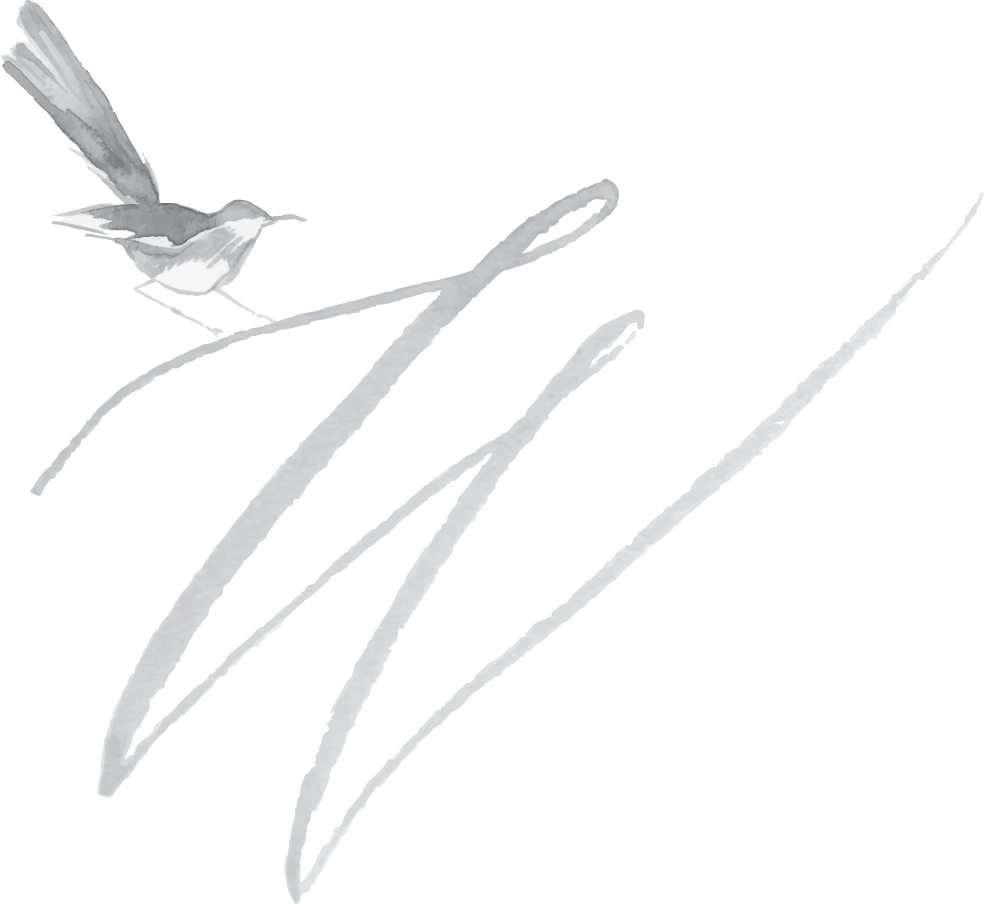Starting your first garden is a journey filled with potential and discovery. With the right approach, your outdoor space can become a vibrant sanctuary that reflects your personal touch. Understanding the basics is key to cultivating a small herb garden or a lush landscape. Each step can enhance your gardening experience, from selecting climate-appropriate plants to integrating technology. Embrace the process with curiosity and patience, and watch as your efforts blossom into a rewarding endeavor.

Choose the Right Plants for Your Climate
Selecting plants suited to your local climate is key to a successful garden. Utilize the USDA Plant Hardiness Zone Map to determine which plants can thrive in your area. This tool helps you understand the average annual minimum winter temperatures, ensuring your plants can withstand local conditions. Additionally, consider microclimates in your garden, such as areas with shade or warmth, to refine your plant choices. You enhance your garden’s beauty and sustainability by aligning your plant selection with your environment.
Embrace Native Plants for Effortless Gardening
Opting for native plants can greatly simplify your gardening efforts. These plants naturally adapt to your region’s climate and soil, requiring less maintenance and thriving with minimal intervention. By choosing native species, you reduce the need for excessive watering and chemical fertilizers while supporting local biodiversity. Native plants attract pollinators like bees and butterflies, contributing to a vibrant and sustainable garden ecosystem.
Effortlessly Manage Gardening Expenses with Mobile Scanning Apps
Keeping track of your gardening expenses is crucial for staying within budget. You can quickly digitize and organize your receipts using a free scanner app. This allows you to monitor spending on seeds, tools, and other essentials. The app lets you quickly capture any document using your device’s camera and convert it into a PDF, making it simple to store and share. Embrace this technology to streamline your gardening projects and maintain financial clarity.
Harness Technology for Beginner Gardeners
Incorporating technology into your gardening routine can make the process more efficient and enjoyable. Smart irrigation systems and digital soil testers are excellent tools for beginners. These devices optimize water usage by monitoring soil moisture and weather conditions, ensuring your plants receive the right amount of hydration. Digital soil testers provide real-time data on soil health, helping you make informed decisions about fertilization and plant care. You can save time and effort by leveraging these innovations, leading to a more successful gardening experience.
Use Nature’s Allies for a Thriving Garden
Natural pest control is an effective way to maintain a healthy garden. Introducing beneficial insects like ladybugs and lacewings can help manage common pests such as aphids and spider mites. A single ladybug can consume up to 50 aphids daily, making them a valuable asset in your garden. Creating a suitable habitat and timing their release effectively can enhance their pest-controlling efficiency, reducing the need for harmful chemicals and promoting a safer environment.
Master Moisture and Aeration for Optimal Composting
Effective composting requires careful management of moisture and aeration. Aim to keep your compost’s moisture content below 70% to prevent anaerobic conditions that cause unpleasant odors. Balance wet materials like grass clippings with drier items to maintain the proper moisture level. Incorporate bulking materials such as sticks and twigs to ensure proper aeration and air circulation. By monitoring these factors, you can create a thriving compost system that efficiently breaks down organic matter.
Try Eco-Friendly Container Gardening for a Greener Future
Sustainable practices in container gardening can significantly reduce your environmental impact. Choose containers from recycled materials like repurposed plastic or reclaimed wood to minimize waste. To reduce water usage, implement water conservation techniques, such as drip irrigation systems or rainwater collection. These eco-friendly strategies support plant health and foster a sense of community responsibility towards sustainable living. By adopting these practices, you contribute to a more sustainable urban ecosystem, benefiting both the environment and your local community.
Gardening is more than just a hobby; it’s a commitment to nurturing life and fostering growth. With careful planning and sustainable practices, you can create a garden that thrives in harmony with nature. Choosing the right plants, improving soil health, and conserving water contribute to a flourishing space. Every seed planted and every bloom that appears reflects patience and dedication. Let your garden become a personal retreat filled with beauty, purpose, and inspiration.
Clara Beaufort
Clara is a retired small business owner, who was born with two green thumbs. Recently, she handed the reins of the business she ran for 30 years over to her daughter. But retirement didn’t slow her down. She immediately got to work organizing and growing a community garden, but found her passion for gardening still wasn’t satisfied. And so the seed for a new business idea was planted! She created GardenerGigs to connect local gardeners with those in need of plant care help.




NO COMMENT